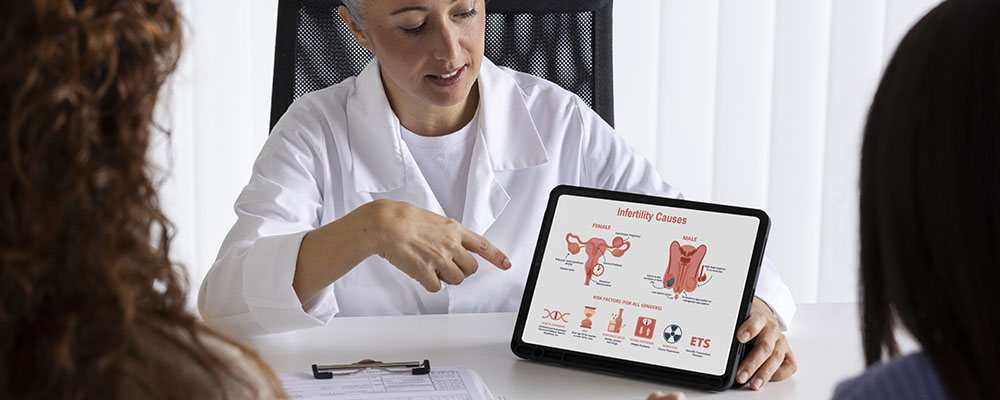Cervical cancer is second only to breast cancer as the most common form of cancer among women in Thailand (Statistics of the National Cancer Institute, 2010) and claims the lives of many women every day.

IMPORTANT FACTS YOU SHOULD KNOW ABOUT THE HUMAN PAPILLOMA VIRUS (HPV)
- Sexually active women will likely be infected with the Human Papilloma Virus (HPV) at some point in their lives. However, in more than 90 percent of cases, the infection will disappear on its own within 1-2 years without causing any further symptoms or disease.
- Use of a condom during sexual intercourse will help to prevent infection, but not in all cases.
- Even those with only one sexual partner still have a chance of being infected. Therefore, regular screening for HPV is important.
THE MAIN CAUSE OF CERVICAL CANCER
- The Human Papilloma Virus (HPV) is the main cause of cervical cancer, especially the “high-risk” HPV.
- It has been found that HPV types 16 and 18 are the two HPV types found in the majority of cervical cancer cases. Of these, HPV-16 is the most common and was found in approximately 50-55 percent of cases, while HPV-18 was found in about 15-20 percent of cases.
- Medical data also shows that HPV-18 is found most frequently in cancer of the glandular cells (adenocarcinoma), which is likely to become more common as well.
- Adenocarcinoma has a high chance of misdiagnosis on the basis of a Pap smear screening alone.
- Currently, the ASCCP (American Society of Colposcopy and Cervical Pathology) in the U.S.A. recommends co-testing using the Pap test and HPV test for the detection of cervical cancer in women aged 30 years and older, which will help to further increase testing accuracy.

BENEFITS OF PAP AND HPV CO-TESTING
- HPV and Pap smear co-testing for cervical cancer screening now holds greater clinical significance due to research data findings which show that establishing Pap cytology and HPV co-testing together improves accuracy in the detection of pre-cancer and cancer of the cervix.
- Co-testing results in greater certainty and less ambiguity with almost 100% accuracy, as patients with a negative high-risk HPV test (especially HPV type 16 and type 18) and normal Pap test results have a very low chance of getting cervical cancer in the few years following the test and can, with confidence, wait another 3 years before being tested again.
- Co-testing also provides far more accurate information to physicians in assessing the risk of cervical cancer, as screening results for specific HPV types found can help doctors in treatment planning and monitoring results more effectively.
SPECIMEN COLLECTION METHOD FOR CERVICAL CANCER DIAGNOSIS
- Diagnosis of cervical cancer involves the collection of cell samples from the cervix. To do this, the doctor will use a small spatula, swab, or soft cervical brush to gently collect cells from the patient’s cervix. The sample is then transferred to a bottle of liquid solution to preserve the cells, and then sent to a lab for the final step of HPV and Pap smear testing for abnormalities.
